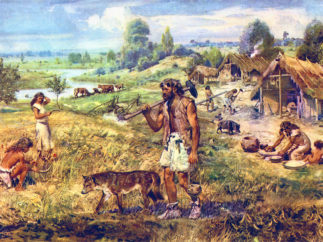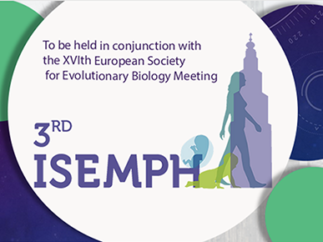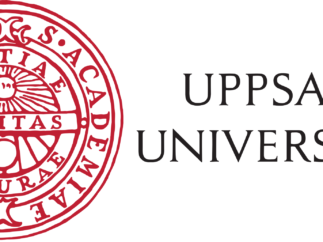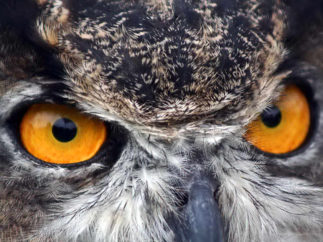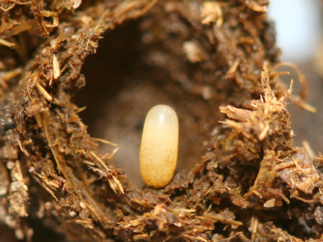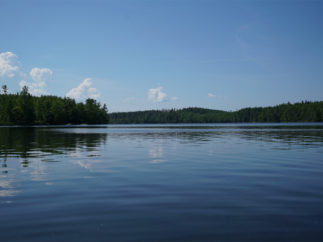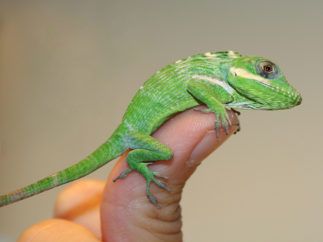Archaeology has a long history of looking to evolutionary biology for ways to explain the initial domestication of plants and animals. To date, most have been firmly grounded in traditional neo-Darwinian principles. These characterize domestication as an adaptive response to declining resource availability in which human goal-directed behavior plays little if any role. Recently, many of us have begun to look to niche-construction theory (NCT) as an alternative framework that achieves a much better fit with the empirical record of initial domestication in multiple world areas and also aligns with our recognition of the importance of human agency and goal-directed behaviors in evolution1,2. As archaeologists have become more familiar with the NCT literature, and the broader EES framework of which NCT is a part, we have recognized that we, in turn, have something to offer evolutionary biologists. One of the major challenges to the EES is to demonstrate that it can generate empirically testable, novel predictions about evolutionary processes3. The initial domestication of plants and animals, we argue, may help address this challenge. Indeed, we believe it answers Schlichting and Wund’s4 call for a gold standard ‘single system’ combining multiple interacting constructive processes and inheritance systems that can be used to comprehend complex evolutionary processes. Moreover, the increasingly robust archaeological, archaeobiological, and genetic (modern and ancient) data on initial domestication in multiple world areas makes it an especially tractable system for evaluating EES predictions.
ISEMPH Annual Meeting
18-21 August 2017
Intelligent design without a creator? Why evolution may be smarter than we thought
Charles Darwin’s theory of evolution offers an explanation for why biological organisms seem so well designed to live on our planet. This process is typically described as 'unintelligent' – based on random variations with no direction. But despite its success, some oppose this theory because they don’t believe living things can evolve in increments. Something as complex as the eye of an animal, they argue, must be the product of an intelligent creator.
Research project 9: The evolution of inclusive heredity through the genomic interactions of symbionts
‘The evolution of inclusive heredity through the genomic interactions of symbionts’ is one of five research projects under the third theme, Inclusive Inheritance, of the Extended Evolutionary Synthesis research program. Michael Wade and Armin Moczek (both at Indiana University), are using theoretical models and experiments in dung beetles to investigate how the evolution of symbiotic host-microbiota interactions shape heredity.
Research project 7: The origins of organismal complexity
‘The origins of organismal complexity’ is one of six research projects under the second theme, Evolutionary Innovations, in the Extended Evolutionary Synthesis research program. Charlie Cornwallis and Per Lundberg, together with Karin Rengefors and Lars-Anders Hansson (all at Lund University), are investigating the origins of multicellularity.
5th Summer School in Evolutionary Developmental Biology
18-21 September 2017
A TVOL interview with Tobias Uller: Orchestrating the Extended Evolutionary Synthesis project
This View of Life (TVOL) is featuring a series of articles on the Extended Evolutionary Synthesis, based on a major grant from the John Templeton Foundation awarded to our team of scientists headed by Kevin Laland (St Andrews University) and Tobias Uller (Lund University). This interview with Tobias begins to introduce the empirical side of the project, including his own contribution. The grant as a whole is organized into four themes: (1) conceptual issues, (2) evolutionary innovation, (3) inclusive inheritance, and (4) evolutionary diversification.
Who’s afraid of the Extended Synthesis?
"A new scientific truth does not triumph by convincing its opponents and making them see the light, but rather because its opponents eventually die, and a new generation grows up that is familiar with it." So wrote physicist Max Planck, in his Scientific Autobiography and Other Papers, (1949, pp. 33–34). That's a bit drastic, perhaps, but there definitely is a kernel of truth in what Planck stated. Of course, if you happen to be on the other -- conservative, shall we say -- part of any given scientific debate you will turn to a very different sort of quote for solace, like this one perhaps: "The fact that some geniuses were laughed at does not imply that all who are laughed at are geniuses. They laughed at Columbus, they laughed at Fulton, they laughed at the Wright brothers. But they also laughed at Bozo the Clown" (Carl Sagan, talking about pseudoscience, in Broca's Brain, 1979, p. 64).
